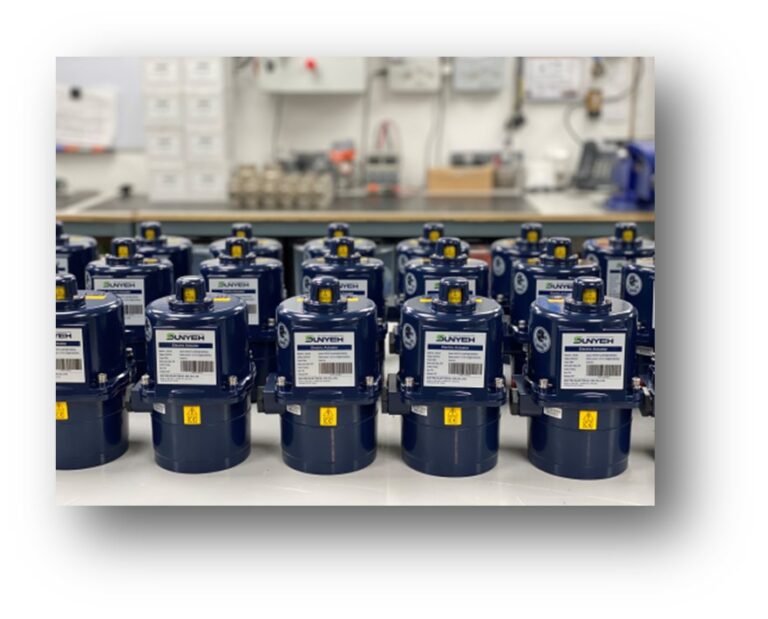What are Electric Actuators and How Do They Work?
Have you ever wondered how machines and devices can move and perform precise actions? The answer lies in electric actuators, a vital component in many modern technologies. In this article, we will explore what electric actuators are and how they work, providing a deeper understanding of this essential technology.
Electric Actuator Working Principle
Electric actuators are devices that convert electrical energy into mechanical motion. They are widely used in various industries, such as automotive, aerospace, and manufacturing. Electric actuators operate on the principle of electromagnetic force, when an electric current flows through a coil in the actuator, it creates a magnetic field. This magnetic field interacts with a permanent magnet or a magnetic core, resulting in a force that causes the actuator to move. The direction and magnitude of the force are determined by the polarity and strength of the magnetic fields. By controlling the current flowing through the coil, the movement of the actuator can be accurately controlled, allowing for precise positioning or movement in a desired direction. This interaction causes the actuator to move, either linearly or rotary, depending on the design.
Electric actuators offer several advantages over other types of actuators, such as hydraulic or pneumatic. They are more energy-efficient, as they only consume power when in use, unlike hydraulic or pneumatic actuators that require a constant power supply. Electric actuators also provide precise and accurate control, allowing for fine adjustments and repeatability. Additionally, they are cleaner and quieter, as they do not require fluids or generate noise during operation. These characteristics make electric actuators suitable for a wide range of applications, including robotics, industrial automation, medical equipment, and HVAC systems.
Types of Electric Actuators
There are several types of electric actuators available in the market, but the main two types are linear and rotary. These actuators are used in robotics and automation systems. There are also specialised electric actuators such as screw actuators, belt actuators, and rod actuators, each designed for specific applications, for now, we will just focus on the linear and rotary type actuators.
Linear Electric Actuators
A linear-type electric actuator works by converting electrical energy into linear motion. It consists of a motor, a lead screw or a linear guide, and a load. When an electric current is applied to the motor, it generates a magnetic field that interacts with the permanent magnets or electromagnets inside the actuator. This interaction creates a force that moves the load in a linear direction, either pushing or pulling it depending on the design. The speed and direction of the linear motion can be controlled by adjusting the electrical current supplied to the motor.

Rotary Electric Actuators
How does a rotary-type electric actuator work?
A rotary-type electric actuator works by converting electrical energy into rotational mechanical motion. It consists of various components, including a motor, a gearbox, and a control system. When an electrical current is supplied to the motor, it generates a magnetic field that interacts with the permanent magnets inside, causing the rotor to rotate. This rotational motion is then transmitted through the gearbox, which provides the necessary torque and speed for the actuator’s application. The control system regulates the direction and speed of the actuator, allowing precise control over the rotary motion.
Conclusion
In conclusion, electric actuators are a game-changer in the world of automation. With their precise control and efficient operation, they have revolutionised various industries and made complex tasks simpler. Whether it’s in manufacturing, robotics, or even in our everyday lives, electric actuators are the driving force behind countless innovations.
So, the next time you see a robotic arm moving with precision or a door opening effortlessly, remember that it’s the power of electric actuators at work.
